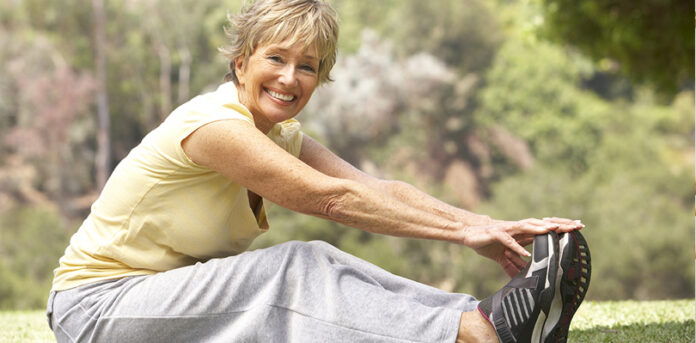As we grow older, it’s important to keep our bodies healthy and active. One way to do this is through flexibility exercises. These exercises can help you stay agile and resilient, and they’re easy to do. In this guide, we’ll explore why flexibility is so important for seniors and show you some simple exercises that you can do to unlock your body’s full potential. So join us on this journey and discover how flexibility exercises can help you live a happier, more vibrant life. Welcome to the world of Flexibility Exercises for seniors – where you can become a more limber, joyful you.
Simple And Easy Flexibility Exercises For Seniors
Let’s unveil a collection of simple and easy flexibility exercises, designed with your comfort and health in mind. These exercises aim to gently nurture your body, improve mobility, and foster a sense of vitality. Let’s embrace the simplicity of these exercises as we pave the way for a healthier and happier senior lifestyle.
Warm-up Routine
Gentle Joint Rotations: Before diving into more dynamic movements, begin with gentle joint rotations. Whether it’s your wrists, ankles, or knees, take a few minutes to rotate each joint in circular motions. This helps lubricate the joints, preparing them for the flexibility exercises ahead.
Neck Stretches: Loosen up the tension in your neck with simple stretches. Gently tilt your head to one side, holding for a few seconds, and then switch to the other side. Next, slowly rotate your neck in clockwise and counterclockwise motions. These exercises alleviate stiffness, promoting a more flexible and comfortable range of motion.
Arm Circles: Engage your upper body with easy arm circles. Extend your arms to the sides, and in a controlled manner, make circular motions with your hands. Start with small circles and gradually increase the size. This warms up the shoulder joints and improves blood circulation, ensuring your arms are ready for the forthcoming flexibility exercises. Remember to perform these movements smoothly and without strain to maximize their effectiveness.
Lower Body Flexibility Exercises
Seated Leg Lifts
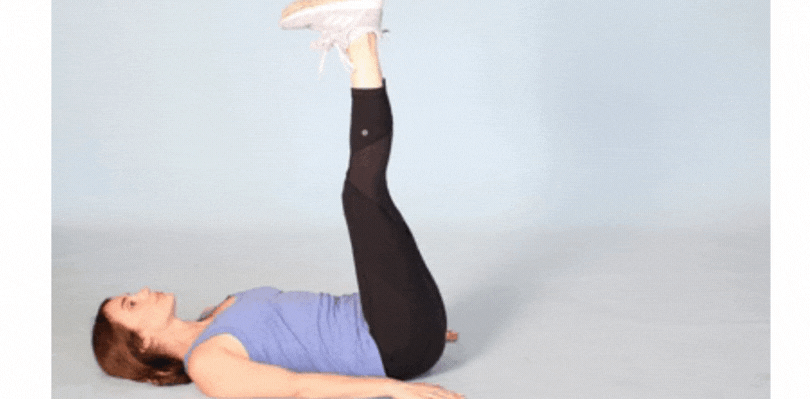
Maintaining flexibility in your lower limbs is essential for overall physical health. Simple exercises can help you achieve this goal. One such exercise is seated leg lifts. To perform it, find a comfortable seated position and extend one leg straight in front of you. Hold for a few seconds before slowly lowering it back down. Alternate between legs and repeat this motion to improve flexibility in the hamstrings and promote better circulation in the lower extremities.
Ankle Circles
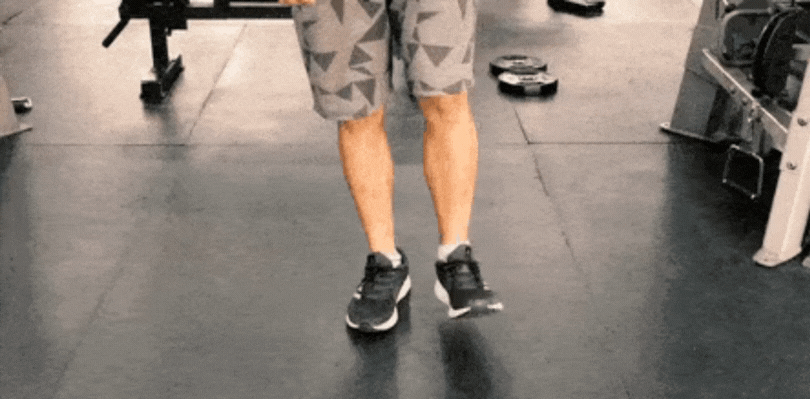
Another exercise that can help keep your ankles supple and agile is ankle circles. To perform this exercise, lift one foot off the ground and rotate your ankle in a circular motion in a controlled manner. Switch between clockwise and counterclockwise rotations for a few seconds each. This exercise is particularly beneficial for maintaining ankle flexibility, which is crucial for stability and balance.
Knee-to-Chest Stretches
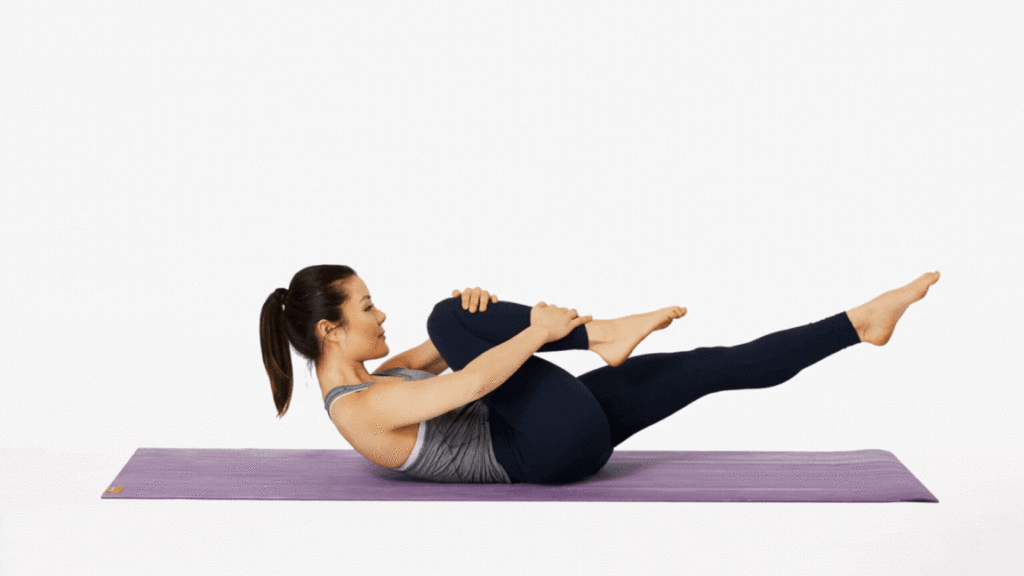
Knee-to-chest stretches can help you unwind tension in your lower back and hips. To perform this exercise, lie on your back and gently bring one knee towards your chest, holding it with both hands. Hold for 15-20 seconds before alternating to the other leg. This stretch not only enhances flexibility but also promotes a sense of relaxation in the lower body. Incorporate these exercises into your routine for a more flexible and resilient lower body.
Upper Body Flexibility
Here are some upper-body flexibility exercises that you can do to release tension and improve mobility:
Shoulder Rolls

Start by lifting your shoulders towards your ears, then roll them smoothly in a circular motion. Complete a set in one direction, then switch to a forward rotation.
Arm Stretches
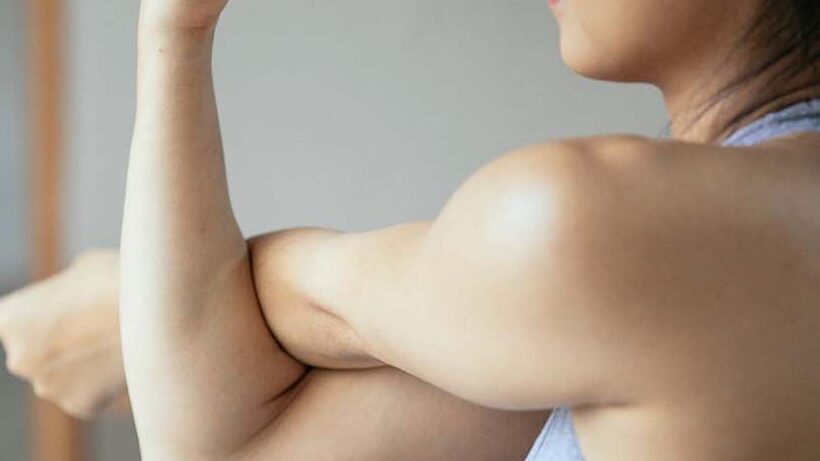
To promote flexibility in your arms, extend one arm across your chest and gently hold it with the opposite hand. Hold for 15-20 seconds before switching to the other arm.
Chest Opener Exercises
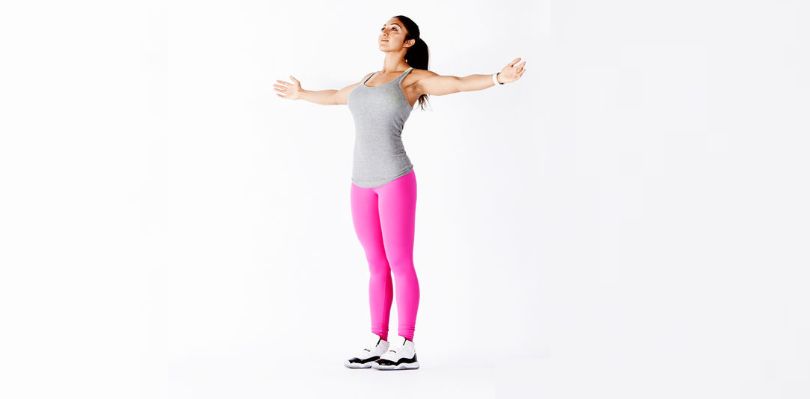
To enhance flexibility in your chest and upper back, stand or sit tall and clasp your hands behind your back. Straighten your arms and lift them slightly to stretch the front of your shoulders. Hold for 15-20 seconds, breathing deeply.
Incorporating these exercises into your routine will help you alleviate stiffness and improve your overall upper-body flexibility.
Core Strengthening And Flexibility
Here are three core-strengthening exercises that can help improve your flexibility and posture:
Seated Torso Twists
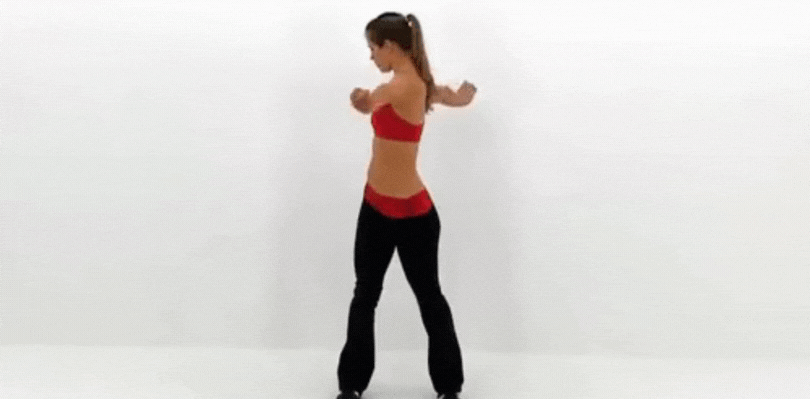
To begin, sit with a straight spine and gently twist your upper body to one side while using the back of the chair for support. Hold the twist for a few seconds and feel the engagement in your core before repeating it on the other side. These twists can help enhance spinal flexibility and promote a strong, balanced core.
Abdominal Stretches

For a more flexible core, try abdominal stretches. Whether standing or sitting, reach your arms overhead and elongate your torso before gently leaning to one side. Hold the stretch for 15-20 seconds before switching to the other side. These stretches can improve your overall posture and promote flexibility in your core muscles.
Pelvic Tilts
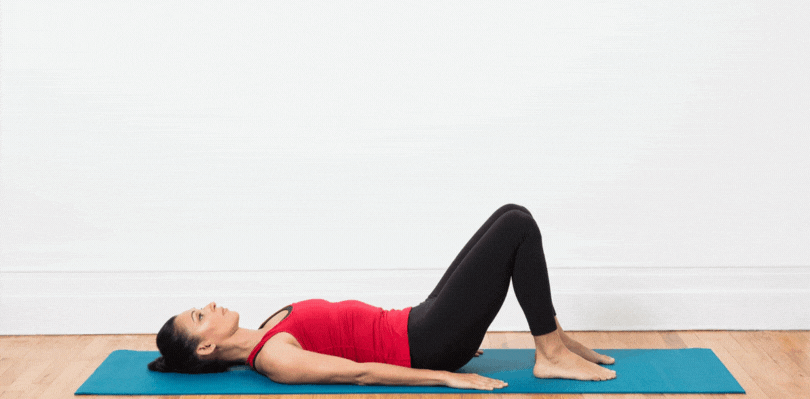
To strengthen and mobilize your core, try pelvic tilts. Lie on your back with your knees bent and gently tilt your pelvis upward while engaging your abdominal muscles. Hold for a moment before tilting your pelvis back down. This controlled movement can enhance your core flexibility, stability, and balance. Integrating these pelvic tilts into your routine can help you achieve a resilient and flexible core.
Cool Down After Flexibility Exercise
Here are some ways to wind down your flexibility routine:
Controlled Breathing Exercises
After a flexibility session, try slow and controlled breathing exercises to promote relaxation and reduce stress. Find a comfortable seated or lying position and inhale deeply through your nose, then exhale slowly through your mouth. Focus on the rhythm of your breath and allow it to return to a natural pace. These exercises provide a serene conclusion to your flexibility routine.
Relaxation Techniques
Unwind with relaxation techniques that promote tranquility. Close your eyes and scan your body, releasing any residual tension. Practice mindfulness by focusing on the present moment. Whether it’s a simple body scan or guided meditation, these techniques contribute to a sense of calmness and well-being.
Gentle Full-Body Stretches
End your routine with gentle full-body stretches that engage your major muscle groups. Reach towards the sky, do side stretches, and slow twists. These stretches enhance flexibility, soothe muscles, and provide a satisfying conclusion to your flexibility routine. Remember to move with intention, appreciating the newfound sense of flexibility and relaxation in your body.
FAQs
Why is flexibility important for seniors?
Flexibility is crucial for seniors as it contributes to improved mobility, enhanced balance, and reduced risk of injuries. Regular flexibility exercises help maintain joint health, ease daily movements, and promote a more active and independent lifestyle.
Can I perform these exercises if I have existing health concerns?
It’s always advisable to consult with your healthcare professional before starting a new exercise routine, especially if you have pre-existing health conditions. They can provide personalized advice, ensuring the exercises align with your health needs and limitations.
How often should I practice these flexibility exercises?
Aim for at least 2-3 sessions per week to experience the benefits of improved flexibility. Consistency is key, but it’s equally important to listen to your body. If you experience discomfort or pain, adjust the exercises or consult with a fitness professional for guidance on a routine that suits your individual needs.

